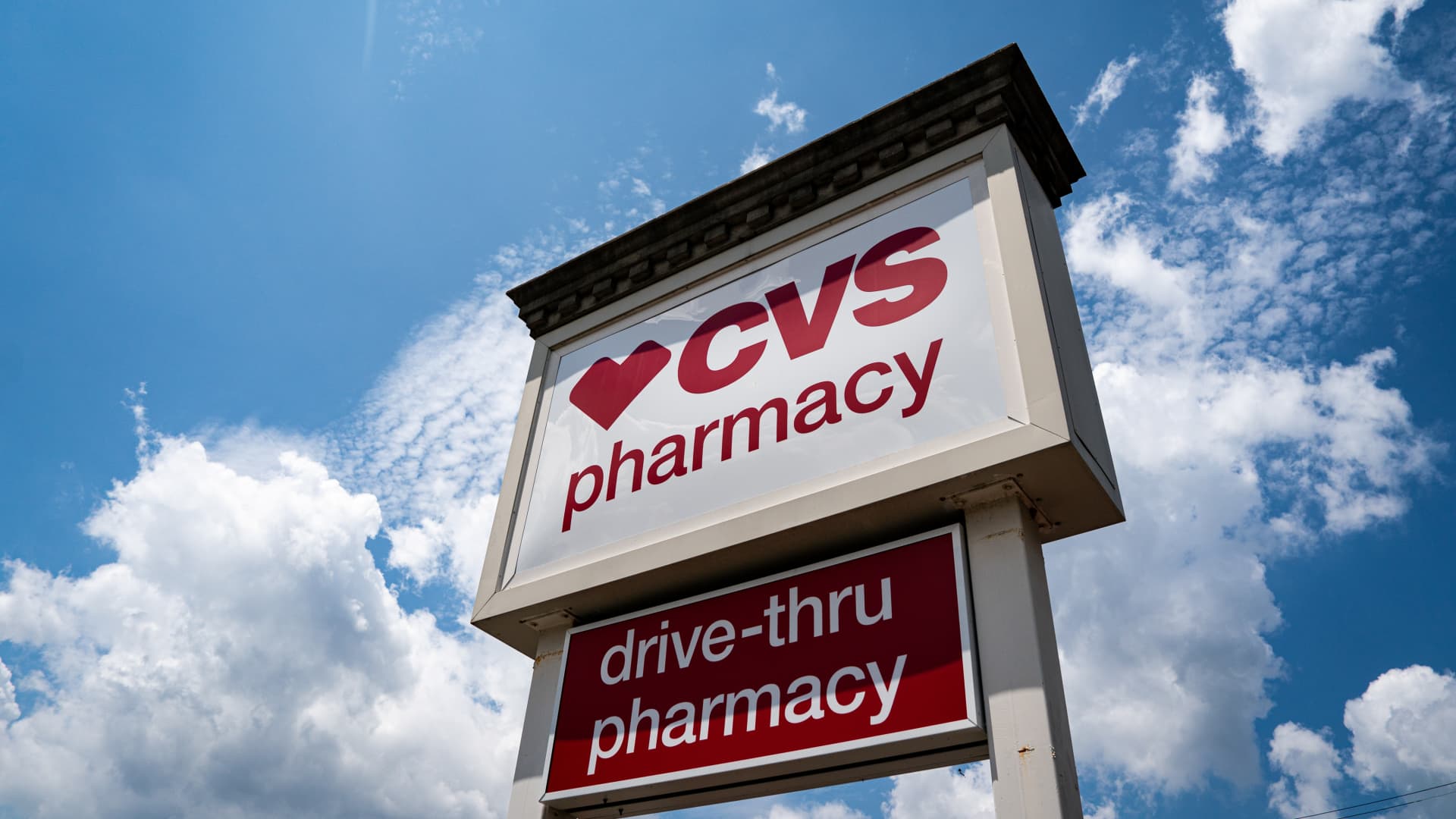BREAKING: CVS Health has just revealed its third-quarter earnings for fiscal 2025, posting a staggering net loss of $3.99 billion, or $3.13 per share, despite revenues reaching an impressive $102.87 billion. This news comes as the company grapples with a $5.7 billion goodwill impairment charge affecting its health care services segment, leading to a more than 3% drop in shares during premarket trading on July 9, 2025.
The latest report highlights both challenges and victories for CVS, particularly under the leadership of CEO David Joyner, who has initiated aggressive strategies to revitalize the company following a lackluster performance under former CEO Karen Lynch. Joyner’s turnaround efforts appear to be gaining traction, with stock prices up over 85% this year.
Joyner expressed optimism about the company’s future, stating, “I couldn’t be more happy about the fact that this is three quarters where we’ve had a beat and raise.” He emphasized the positive trajectory of the company’s insurance unit, Aetna, which has been recovering from high medical costs as more patients return to healthcare facilities for postponed treatments.
In a notable shift, CVS raised its fiscal 2025 adjusted earnings outlook to between $6.55 and $6.65 per share, up from the previous range of $6.30 to $6.40. This marks the third consecutive quarter that CVS has improved its profit outlook, a clear indication of its recovery efforts.
Despite these gains, the net loss reported is a significant setback. The $3.99 billion loss compares sharply to a net income of $71 million, or 7 cents per share, from the same period last year. The loss primarily reflects the impairment charge associated with the health care delivery reporting unit, which has faced ongoing challenges that have hindered its growth.
CVS is adapting its strategy in response to these hurdles, including plans to reduce the number of primary care clinics it will open in the coming years. Joyner confirmed the closure of 16 locations of primary care provider Oak Street Health, stating, “This does not change our views of value-based care.” He reassured stakeholders that the performance of Oak Street Health aligns with the company’s plans.
The company’s revenue growth across all business units is a silver lining. The insurance segment reported revenues of $35.99 billion, significantly exceeding the anticipated $34.48 billion. This growth is attributed to increases in Aetna’s government business, bolstered by provisions under the Inflation Reduction Act impacting Medicare Advantage plans.
CVS’ pharmacy and consumer wellness division also performed well, generating $36.21 billion in sales, up 11.7% from last year. The increase was driven by a rise in prescription volumes, including acquisitions from Rite Aid, despite pressures on pharmacy reimbursements. Analysts had expected sales of $35.6 billion from this unit.
The health services segment, which includes CVS Caremark, saw revenues of $49.27 billion, an 11.6% increase compared to the same quarter last year. This growth greatly surpassed the expected $45.71 billion, showcasing the effectiveness of CVS’ strategic focus on negotiating drug discounts and managing formularies.
As CVS navigates these developments, stakeholders will be watching closely for the company’s ability to stabilize its financial health and continue its upward trajectory in the coming quarters. The next crucial steps will include the impact of its restructuring efforts and the effectiveness of its new strategic initiatives, particularly as they relate to the evolving landscape of health care delivery and insurance.
This urgent update reflects the critical changes within CVS Health as it strives to regain its footing amidst financial challenges and a shifting market.







